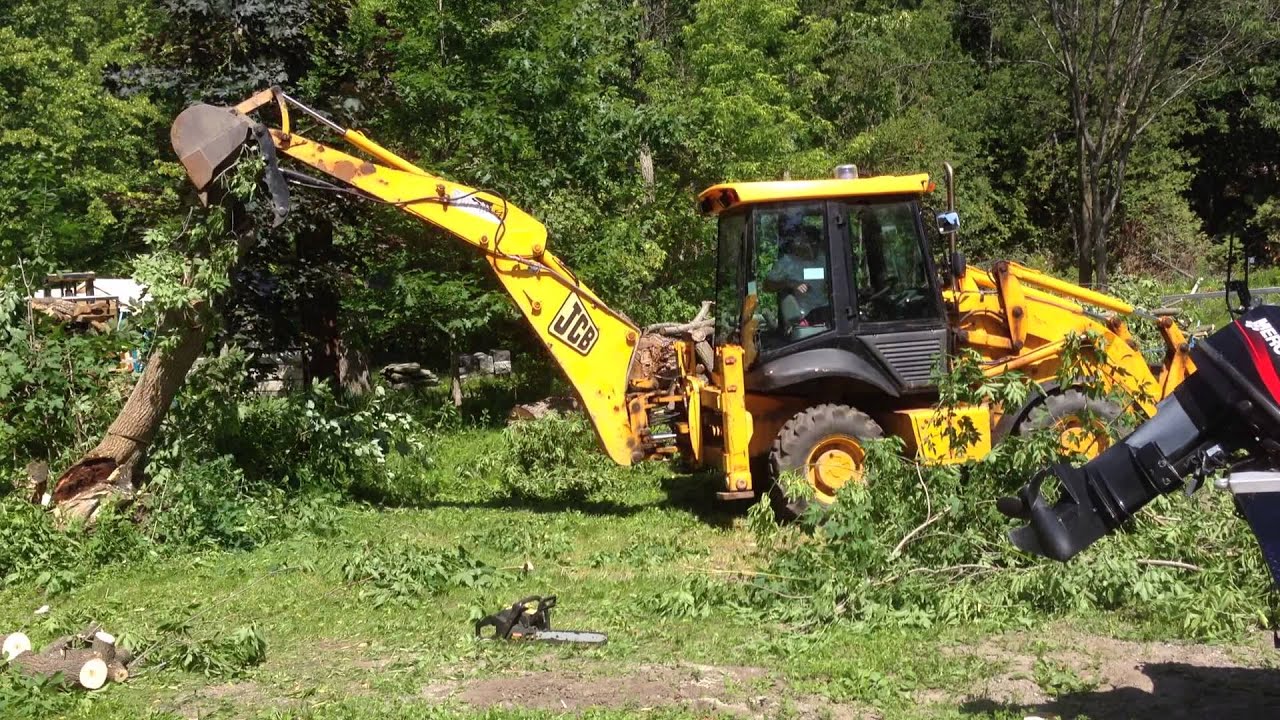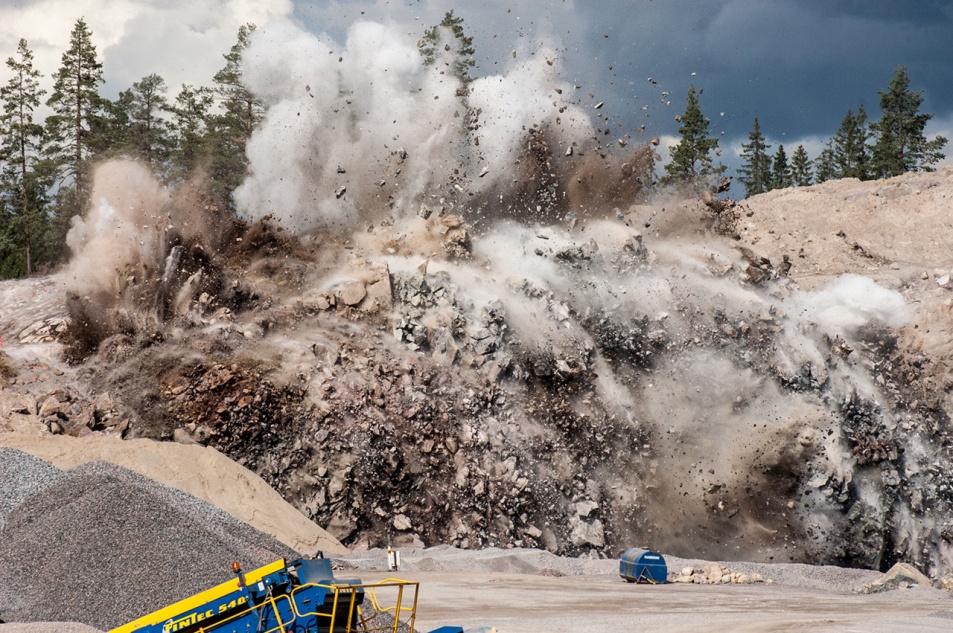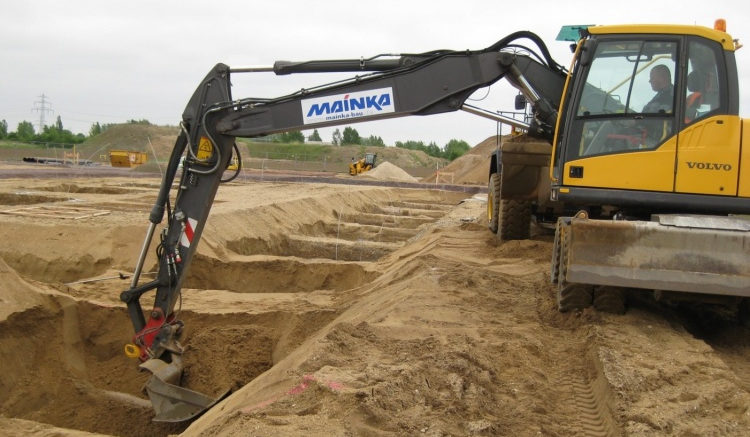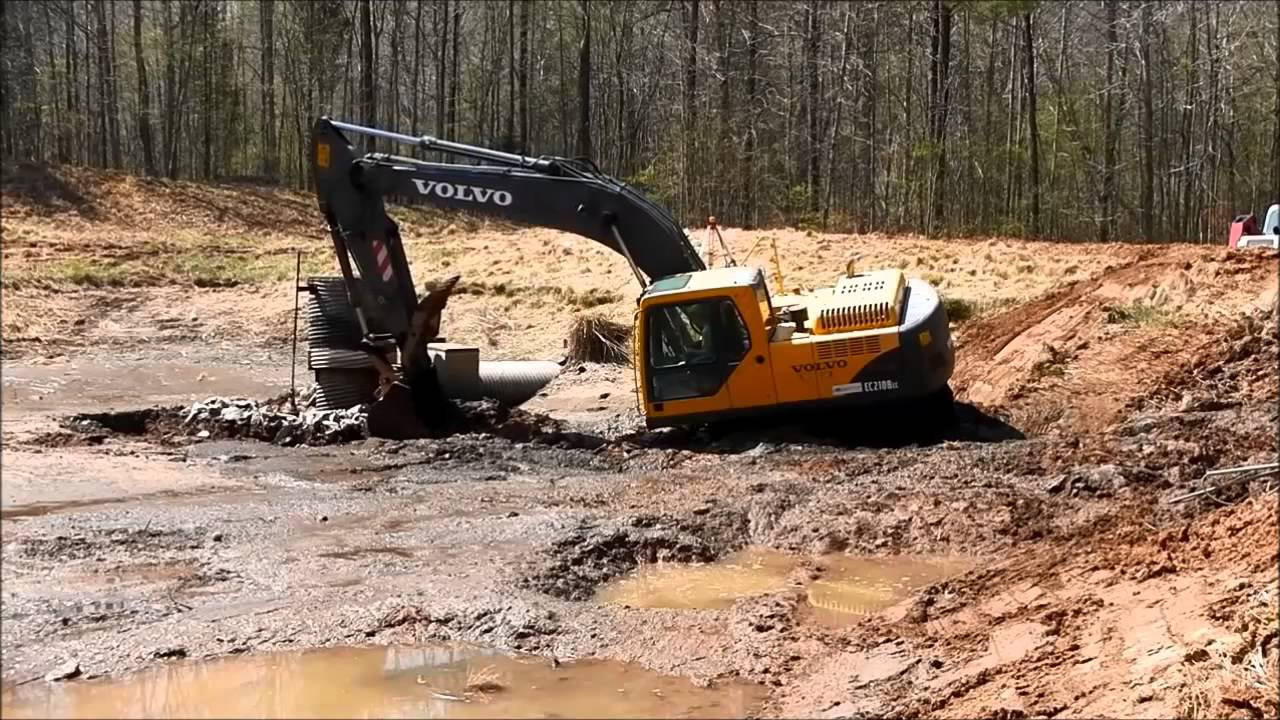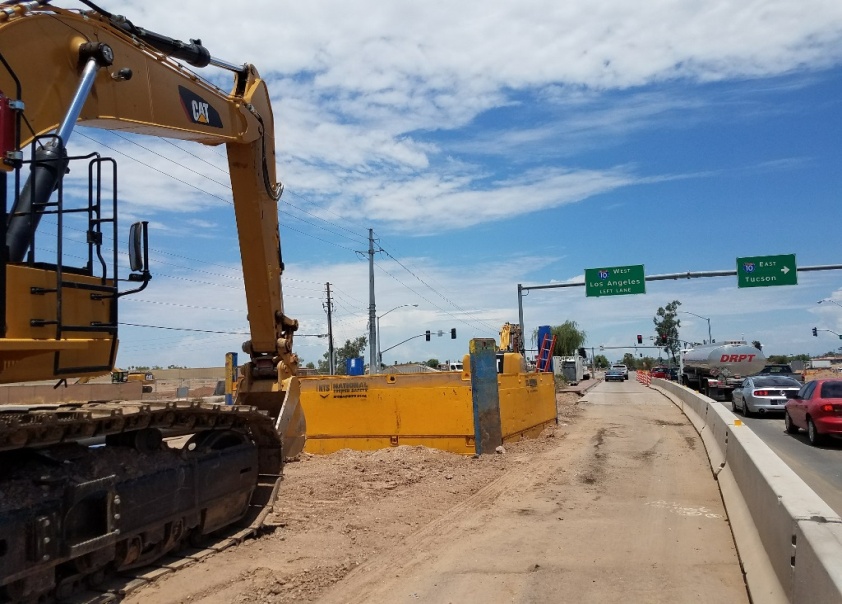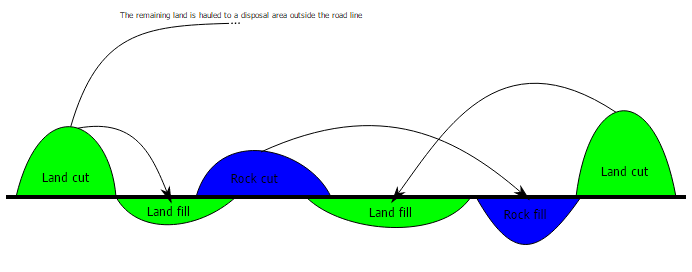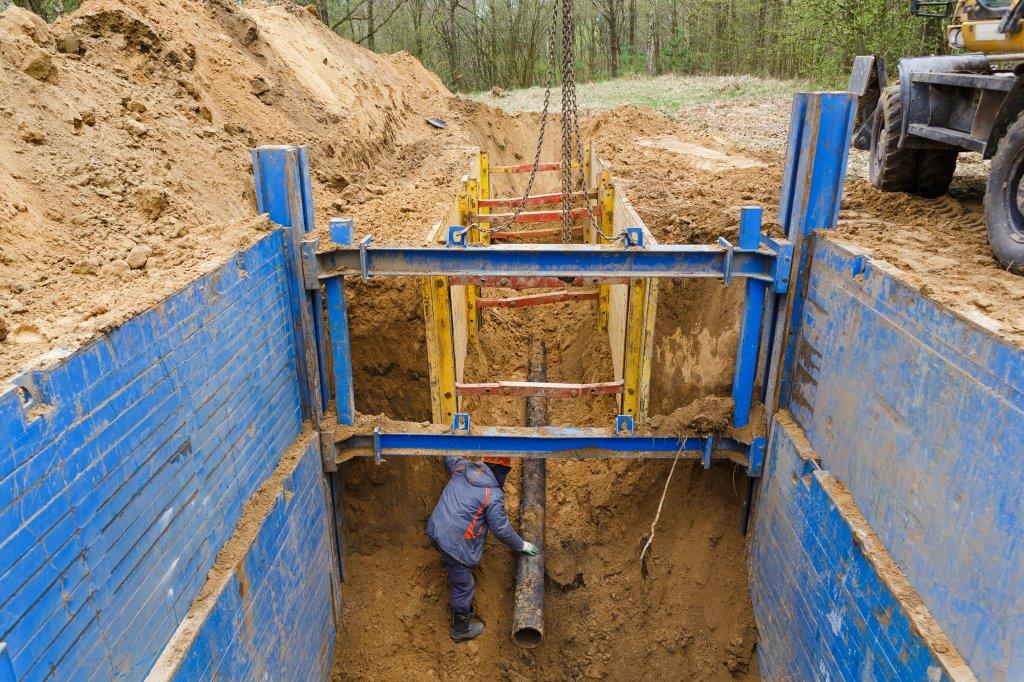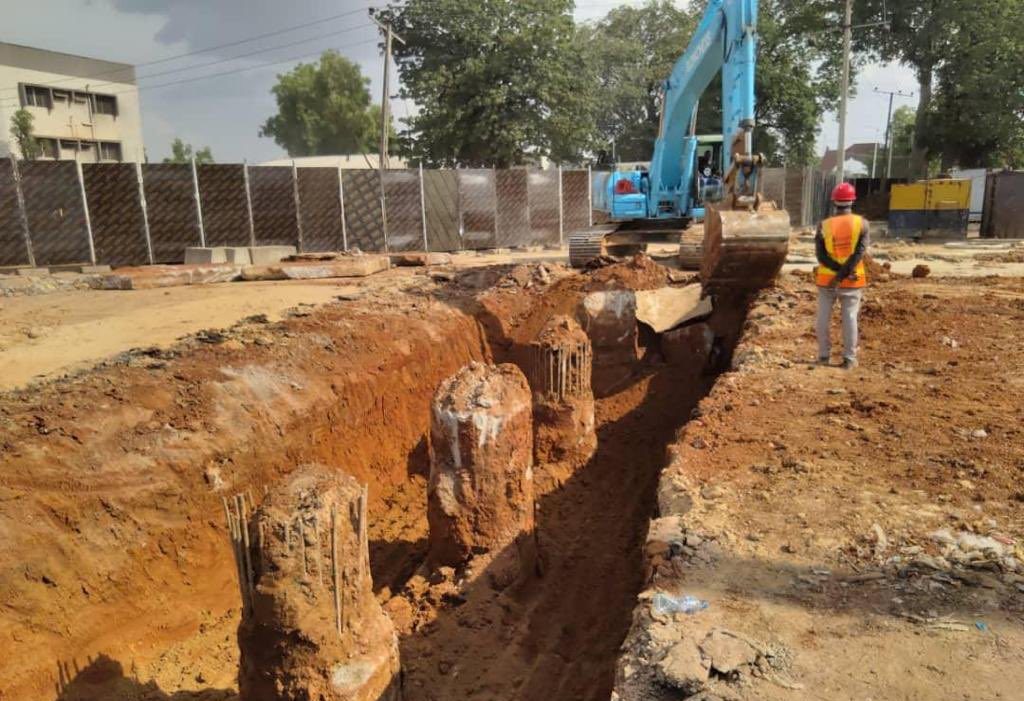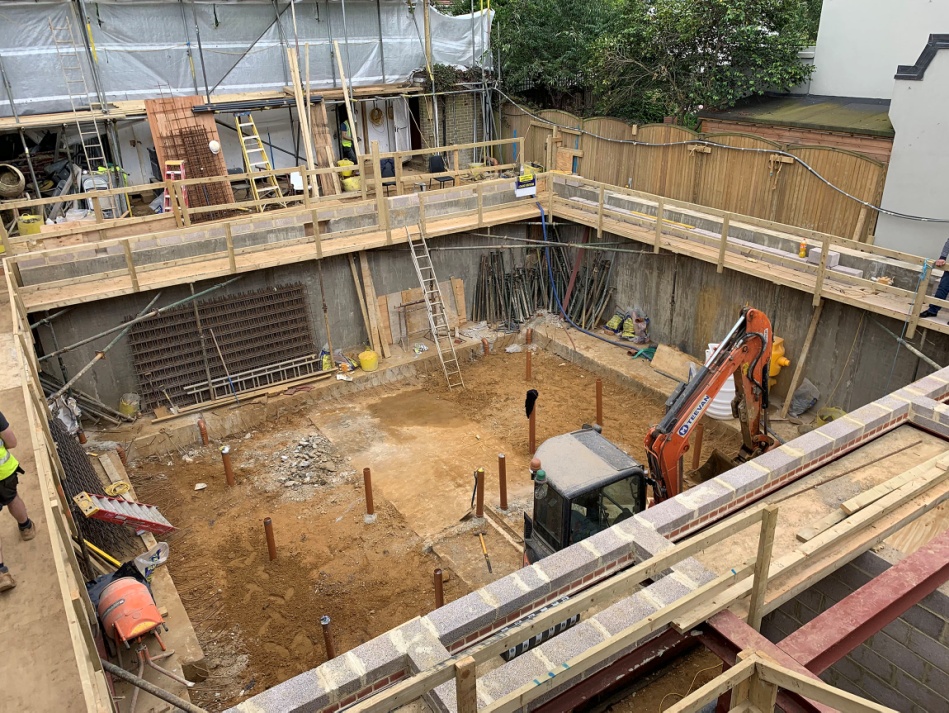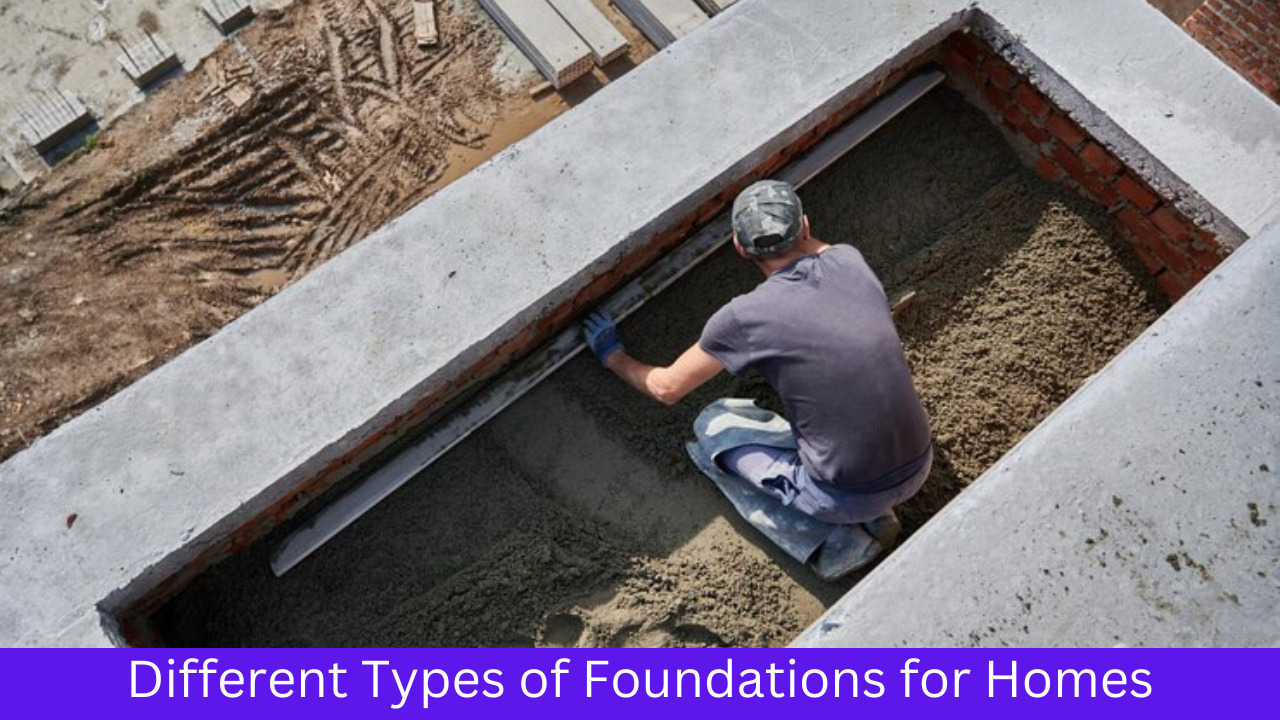Various excavation kinds are categorized according to the removed materials and the Excavation’s intended use. An expert excavation contractor chooses the machinery and method that are most effective for the job based on the necessary excavation type.
Exploring the most popular sorts of Excavation can help you choose the excavating service required to complete the task, whether you need to move soil, rock, or other heavy materials to build a building or install underground pipelines.
In this article, we will detail Excavation and its types that play a significant role in civil engineering. It is the first step in the execution of every construction. Excavation can vary for different types of construction depending upon the location and area of the construction site.
Table of Contents
What Is An Excavation? An Overview
It is an activity that involves the removal of soil and rocks from the earth’s surface using different methods and machinery called Excavation.
The purposes for the Excavation of a construction site are:
- Foundation of the buildings
- For the construction of reservoirs
- For road/pavements construction
The purpose of the Excavation is not only to create a hole or a cavity in the surface. It contains a proper procedure of removing the soil from one place to another for establishing a trench, tunnel, or open hole. There are many types of excavations depending upon their material and the requirements of that construction. Road excavations for example usually require road plates to be placed on the road in the meantime.
Now we will discuss some of the types of Excavation with their uses. Excavation can be done manually for small site construction using a spade, hoe, shovels, wheelbarrows, etc. But for deep digging, excavators and bulldozers are mainly installed for such constructions.
Material Excavation
This type of Excavation involves the removal of material from the surface of the earth. It contains different types of materials. Their names also depend upon their type of material. Following are the types of material Excavation.
1) Topsoil Excavation
This type of Excavation involves the removal of soil from the top surface. It could be any material on the topmost surface, like vegetation, decaying material, etc. Its removal is necessary due to a large amount of moisture in that part of the surface.
This moisture can reduce the ability to bear structural loads. The range for this type is of few inches, which can be from 150 to 300 mm.
2)Rock Excavation
It is a material excavation that involves the removal of rocks to get a smooth and clear surface. It is one of the challenging excavations that cannot proceed manually. This Excavation requires some methodologies like drilling or blasting to remove these materials.
Heavy machinery is also necessary for rock excavation. The equipment and technique type depend on the rocks’ size or depth.
- Jack-hammer is suitable for smaller rocks.
- There is a need to explore the large rocky areas.
3)Earth Excavation
This type of Excavation involves the removal of layers of earth soil present after the topsoil surface. The deep scooping of earth soil enhances the stability of the foundation to resist loads.
Its range can vary for different types of foundations. It mainly occurs for such purposes.
- It is applicable for the construction of foundations of buildings.
- It is suitable for drainage works.
- It is also beneficial for the construction of bridge foundations.
4)Muck Excavation
Muck is a material consisting of soil with the presence of high water content in it. This type of soil causes damage to the foundation and also results in settlement and consolidation.
It is also a material excavation that involves the removal of muck from the layers of soil to strengthen the foundation. The purpose of this Excavation is to form a stable foundation.
5)Unclassified Excavation
This type of material excavation involves a combination of materials. These materials cannot classify like the other types of material Excavation. We can also say that it contains all materials like earth, topsoil, and muck. But we cannot differentiate between them.
Work-Based Excavation
This type depends on the purpose of the work for which the Excavation is in process. In this type, Excavation relies upon the purpose of the construction and its application.
- Roadway Excavation
- Cut and fill Excavation
- Drainage Excavation
- Dredging Excavation
- Footing Excavation
- Trench Excavation
- Basement Excavation
- Bridge Excavation
We will discuss each of them with their pictures for better understanding.
1)Roadway Excavation
This type of Excavation includes various purposes.
- It involves the removal of material to provide a path for road construction.
- It can also be done for the construction of the road itself
- To make a durable foundation for flexible and rigid pavements
- For the replacement of materials
2)Cut and fill Excavation
This type can easily recognize by its name. It involves the removal of different soil layers from a wide area of Excavation. In this type, the soil is cut from one part and then filled into another part of the construction. Following are the purposes of cut and fill Excavation.
- To elevate the level of the ground.
- It can be used as filler for embankments.
- Leveling of the surface.
3)Drainage Excavation
This Excavation involves removing soil, rocks, or any material to construct a proper drainage system. Its purpose is the conveyance of water through different drainage structures. These structures include:
- Road pipes
- Culverts
- Ditches
- Drainage system for stormwater
- Drains for agriculture
4)Footing Excavation
The footing excavation deals with removing soil to construct deep and shallow foundations. Excavation is necessary to build a stable foundation. Footing is the main component of buildings and bridges to bear the loads and has resistance against them.
5)Dredging Excavation
As we know that sedimentation occurs in the water bodies as time passes. It can cause difficulty in the passage of water for boats. This type of Excavation involves the removal of these sediments from underwater.
- This Excavation also helps the easy traveling for ships without any disturbance.
- It is also beneficial for construction work
6)Trench Excavation
This type involves the Excavation of an area with great depth. These tranches can be shallow as well as deep. Shallow trenches have a depth of fewer than 6 meters. Deep trenches have a depth of more than 6 meters.
There are some applications for this type of Excavation.
-
- Installation of service lines
- Construction of strip foundation
- Installation of the Sewer system
7)Bridge Excavation
This type involves the removal of soil to construct a bearable foundation for the bridge. Foundations and sub-structures of bridges play a significant role in the performance of that bridge.
8)Basement Excavation
The Excavation that includes removing material below the ground surface is called basement excavation. It is part of a building excavation and also an expensive excavation. It can be partial or complete underground Excavation according to the requirements of that building.
Which Is The Best Excavation Method For Large Projects?
To remove rocks and soil, mechanical Excavation uses large machinery with hydraulic power, such as excavators and dump trucks. Still, it can also entail labor-intensive techniques like shovels and manual digging. Large building projects are where this Excavation is most frequently used.
This is typically done in larger locations because of the amount of room the equipment typically requires. Vacuum excavation and mechanical Excavation are frequently used in tandem during construction projects.
Hydro vacuum Excavation For Compressed Areas
Hydro vac excavation removes the ground using highly pressurized water and a specialized vacuum system. When exposed to water, the dirt becomes more pliable, making it easier to vacuum and dump into a tank or truck. Because it may be utilized all year round, hydro vac excavation is common in frigid climates.
Due to this, it is frequently employed when it is necessary to expose sewer or gas lines. This approach is also frequently used when holes need to be drilled for placing poles or signs. Both daylighting and potholing are done with it as well.
Hydro vac trucks are helpful when Excavation is conducted in confined or small spaces because they can typically be positioned far from the dig site.
Dry Vacuum Excavation For Dry Site
Like a hydro-vac, a dry vac excavation employs pressurized air to break up soil before it enters a strong airflow or conveyance rather than utilizing water to liquify the soil as in a hydro-vac. Dry vacs are likewise regarded as a non-destructive method of Excavation and are applicable in many of the same circumstances as hydrovac.
However, there are some circumstances where dry vac is a preferable choice. The dry vac is the best option when removing electrical cords because air is not a conductor like water. Dry vac is the best option to keep your job site dry, maintain tree roots, reuse excavated materials, or do any of these things.
Frequently Asked Questions
What are the meanings of basic Excavation?
Excavation work is any task that involves removing soil or rock from a location to create an open face, pit, or cavity while employing equipment, explosives, or both. Construction sites are where excavation work might happen on a company’s property.
What is the basic purpose of Excavation?
According to their intended use, excavations can be categorized as intentional, rescue, or accidental. Most significant excavations are the product of a predetermined strategy, that is, their objective is to uncover hidden artifacts from an archaeological site.
What are the benefits of Excavation?
Less invasive than other conventional excavation techniques, this procedure has the following advantages. This procedure is eco-friendly because it doesn’t use chemicals—more precision results in less material waste and, hence, less restoration.
Does Excavation require any safety measurements?
Yes! According to OSHA regulations, companies must provide ladders, steps, ramps, or other safe exits for employees working in trench excavations. The methods of egress must be situated so that workers won’t have to cross the trench more than 20 feet laterally.
Bottom Line
There are other excavation kinds, some of which are unclassified since they remove various materials and serve many purposes. Professionals have the necessary tools and knowledge to guarantee that the foundation for your building demands is correctly laid out, regardless of how little or large your excavation contractor project may be.


